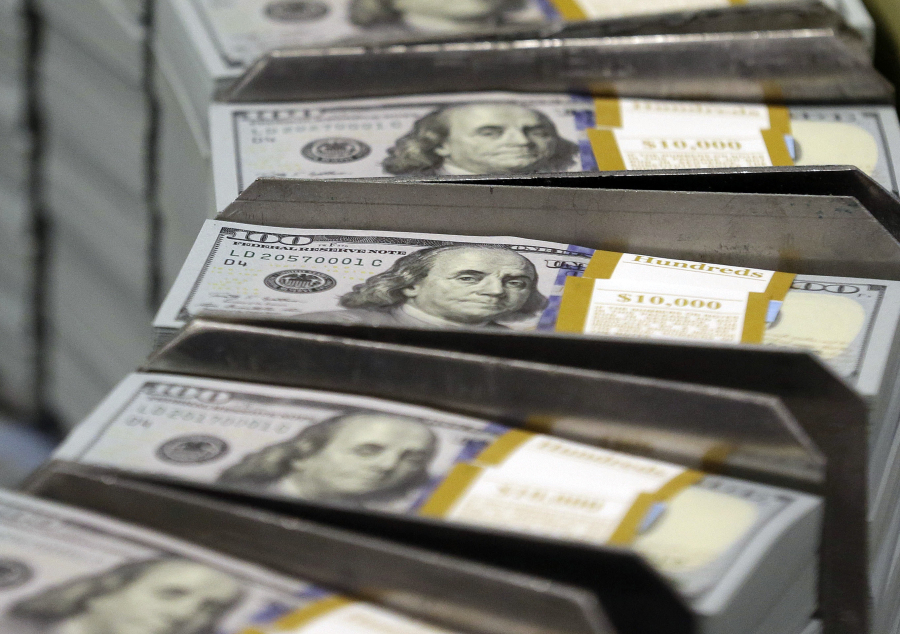The U.S. is inching closer to a deadline to raise the debt ceiling or risk defaulting on the nation’s $31 trillion in debt and political leaders have not yet reached a deal to avert such a crisis.
Amid those negotiations, politicians and commentators online have pointed fingers at who they say is to blame for the nation’s exorbitant debt.
One claim circulating widely on social media, prompted by House Minority Leader Hakeem Jeffries, posits that former President Donald Trump contributed more to the debt than any other in the White House occupant in history.
But that isn’t quite right. Here are the facts.
CLAIM: Trump “ran up more debt than any other President in American history.”
AP’S ASSESSMENT: That’s incorrect. The debt incurred during the Trump era was very high. But in terms of raw dollars, the total debt rose more under former President Barack Obama, with Trump in second place — though Obama held office for two terms, while Trump served one.
There are other ways to slice and dice the numbers, experts say. But more importantly, the debt has been ballooning for years and it’s more complicated than blaming any one leader or party. Trump, for example, was faced with the COVID-19 pandemic, prompting bipartisan support for a massive federal response.
Jeffries offered a more simplistic view when casting blame on the 45th president in a tweet.
“Trump ran up more debt than any other President in American history,” the post reads. “He wants Republicans to force a dangerous default if they don’t get their way. We cannot let right-wing extremists hold our economy hostage.”
Jeffries’ office didn’t provide a response to an inquiry asking how the measure was calculated.
But in terms of all presidents, the Trump years did not record the most debt added — although they did add a lot.
Looking at historical federal debt data by fiscal year, the total gross U.S. debt was about $19.5 trillion at the end of fiscal year 2016, which ended several months before Trump took office, said G. William Hoagland, senior vice president at the Bipartisan Policy Center. That rose to about $26.9 trillion at the end of fiscal year 2020, or a $7.4 trillion increase, just before Trump left office.
The debt added under Obama’s two terms, however, amounted to about $9.5 trillion.
There are some caveats: Those figures are not adjusted for inflation. A federal fiscal year begins in October, so there is some overlap when administrations change. And the total debt includes debt held by the public, which accounts for most of the debt, but also debt owed by one part of the government to another.



